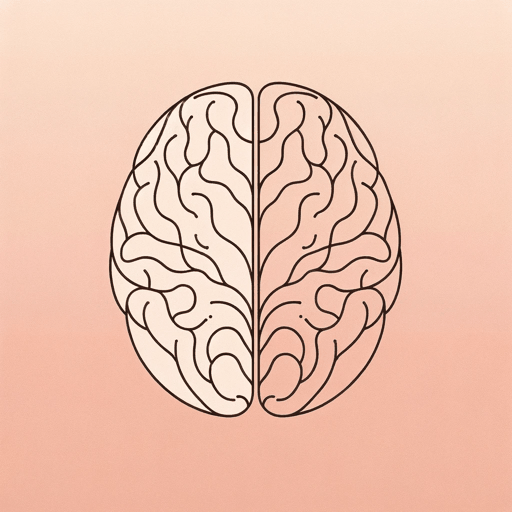46 pages • 1 hour read
Jill Bolte TaylorMy Stroke of Insight: A Brain Scientist's Personal Journey
Nonfiction | Autobiography / Memoir | Adult | Published in 2006A modern alternative to SparkNotes and CliffsNotes, SuperSummary offers high-quality Study Guides with detailed chapter summaries and analysis of major themes, characters, and more.
Important Quotes
“I was in my mid-thirties and thriving professionally and personally. But in one fell swoop, the rosiness of my life and promising future evaporated. I woke up on December 10th, 1996, to discover that I had a brain disorder of my own. I was having a stroke.”
(Chapter 1, Page 11)
Taylor paints an idealistic image of her pre-stroke life, focusing on her professional success as a neuroscientist with a great deal of responsibilities. While Taylor feels that her stroke is a valuable learning experience, she acknowledges that it is also painful and presents immense intellectual challenges that paused her career advancement.
“Our cerebral cortex is divided into two major hemispheres, which complement one another in function…The two hemispheres communicate with one another through the highway for information transfer, the corpus callosum. Although each hemisphere is unique in the specific types of information it processes, when the two hemispheres are connected to one another, they work together to create a single seamless perception of the world.”
(Chapter 2, Page 15)
The author introduces our brain’s two hemispheres, which will play a major role in her work She explains that while these sides of our brain are different, the corpus callosum allows them to work in tandem.
“The anterior, middle, and posterior cerebral arteries supply blood to each of the two hemispheres. Damage to any specific branch of one of these major arteries may result in somewhat predictable symptoms of severe impairment or complete elimination of our ability to perform specific cognitive functions.”
(Chapter 2, Page 17)
Taylor educates the reader on the causes and consequences of stroke by explaining that blood flowing through arteries and blood vessels is what keeps our brain alive. During a stroke, a blood vessel may be blocked or broken open completely, damaging the part of the brain closest to those vessels and compromising brain function.

